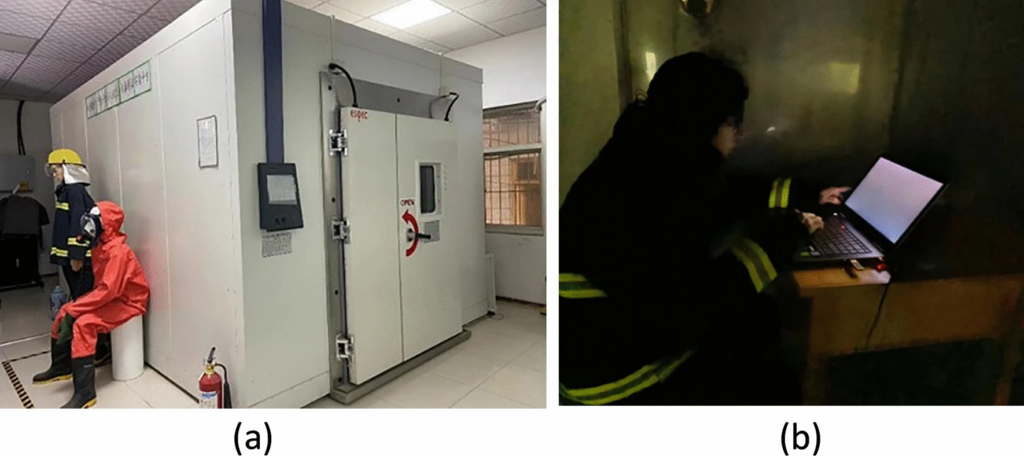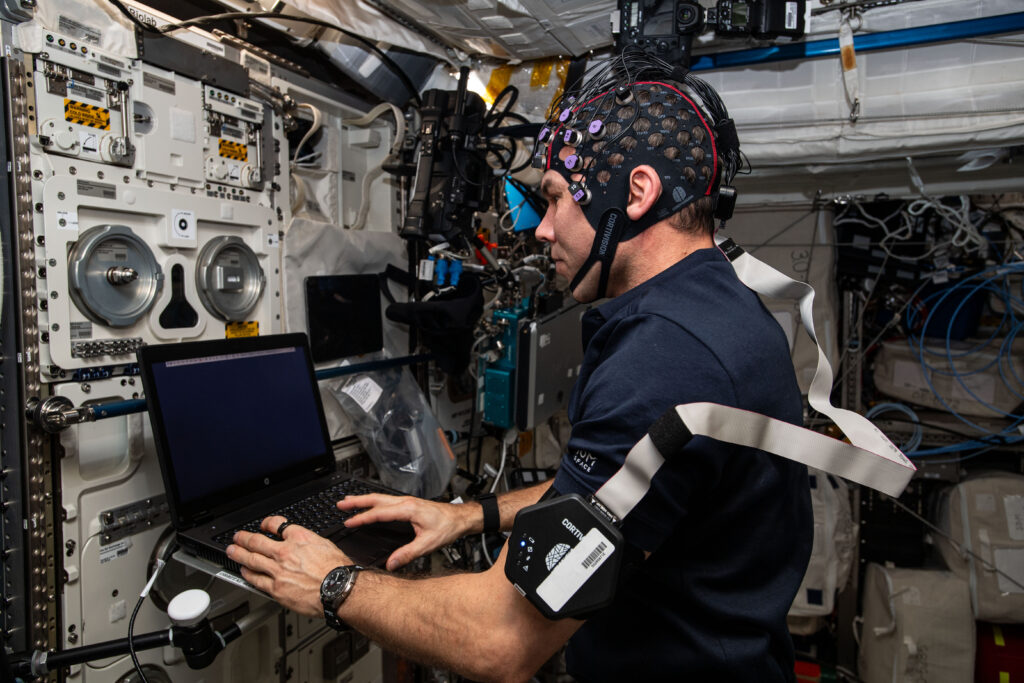A group of researchers from China’s Xi’an University of Science and Technology used the Photon Cap to study the effects of temperature and humidity on miners’ alertness. In article published in Scientific Reports the researchers focused on differences in reaction time, error rate, and prefrontal area activation under different temperature and humidity conditions.
What is the study about?
Introduction
Environmental conditions for coal mining
Researchers point out that as coal mining operations deepen, the underground environment’s temperature and humidity increase. The average depth of mining in China has exceeded 650 meters, with temperatures of the bedrock between 35.9°C and 36.8°C. More than 100 mines in China are deeper than 700 meters, and more than 80 exceed 1,000 meters. Deep mining is not unique to China; mines in Germany and South Africa also reach significant depths, with correspondingly high temperatures.
Hazards of Elevated Temperature and Humidity
High temperatures and humidity pose major challenges to mining safety, affecting the surrounding rock’s physical characteristics and the miners’ psychological well-being.. Temperatures above 28°C can seriously affect miners’ health, increasing the incidence of certain diseases. Productivity decreases significantly as temperatures rise; for example, a 1°C increase can lead to a 6-8% reduction in productivity. At temperatures above 35°C, miners’ productivity is only 20% of normal conditions. Exposure to heat can cause fatigue, impairing miners’ ability to react quickly to new situations, which is crucial in the hazardous environment associated with heavy equipment and explosives.
Objective
The researchers aimed to use fNIRS to assess the performance of miners under different environmental conditions. The paradigm was intended to provide a background for understanding the context, meaning, and study of cognitive function in miners.
Method
The study involved 100 male miners who were assigned to four experimental conditions (25°C, 35°C) and humidity (55%, 85%). The subjects performed a psychomotor vigilance task (PVT) in relation to the measurement of reaction time and error rates. Measurements of fNIRS from prefrontal areas were obtained. Throughout the experiment, the cabin’s lights are turned off, leaving the screen light from the experimental equipment as the sole illumination. Participants are seated at the single table in the experimental cabin, carrying out tasks using the machine placed on the table. The average noise level inside the cabin is 71 decibels. Figure 1 depicts the experimental setup and environment.

Fig 1. The experimental cabin and experimental scene. (a) The temperature and humidity cabin, (b) The experimental scene.
What did the researchers manage to discover?
Results
Higher temperatures and humidity levels resulted in reduced vigilance, as indicated by longer reaction times and higher error rates. The relative concentration of oxygenated hemoglobin increased in the prefrontal cortex area with higher temperature and humidity, which may be explained by higher cognitive load.
Furthermore, the right prefrontal cortex (PFC) showed greater activation than the left prefrontal cortex. The researchers indicate that the right PFC, in particular, is active during responses to negative stimuli and complex cognitive tasks. This could mean that the subjects were more cognitively stressed and had more severe emotional distress. The left PFC, on the other hand, showed consistent reaction times regardless of conditions, suggesting its resilience to environmental changes.
Implications
The results of these studies show that increased temperature and humidity in the mining environment can impair cognitive function, potentially increasing the risk of accidents. Trying to understand this mechanism may help to develop better safety measures and working conditions for miners.
Photon Cap and extreme conditions
The Photon Cap’s mobility, ease of use, and hardiness to environmental extremes make it the ideal instrument for use in harsh environments. An example of this is the dual use of our fNIRS in an experiment on the ISS in the AX-2 and AX-3 missions. The AX-3 mission (see. Fig 1) experiment was designed to analyze the effects of architectural configurations and their characteristics on astronauts’ cognitive performance, stress levels, and ability to recover quickly from stress.
This study focused on assessing these factors both in isolated and confined conditions on Earth and in space station-like environments on space missions. Further experiments in microgravity may shed more light on the mechanisms of cognitive functioning in astronauts. Continuing this type of research will allow the design of appropriate health and technology solutions, which is an important key to future spaceflight.

